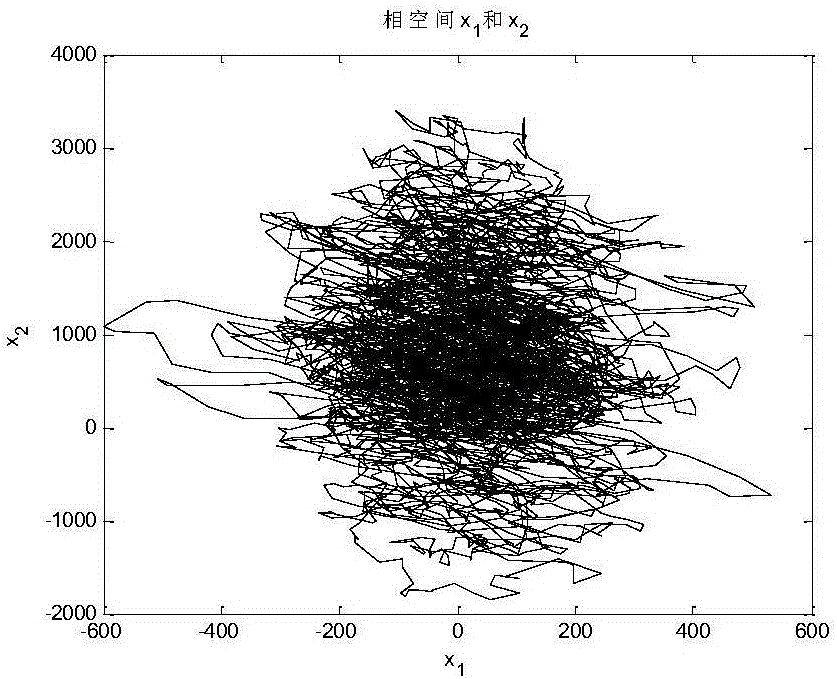Method for detecting underwater dim small target
A detection method and technology for weak and small targets, applied in the field of signal processing, can solve problems such as difficulty in detecting weak and small targets in water
- Summary
- Abstract
- Description
- Claims
- Application Information
AI Technical Summary
Problems solved by technology
Method used
Image
Examples
Embodiment Construction
[0066] The present invention will be further described below in conjunction with the accompanying drawings and embodiments.
[0067] The first step: extract the Lyapunov exponential matrix in the target radiation noise
[0068] Every time a reconstruction dimension m is obtained and the corresponding delay time τ is determined, an m×1 Lyapunov vector can be obtained, and the Lyapunov vectors obtained under environmental differences such as sea state, region, and season are respectively composed into a matrix with m columns, and the minimum The square method is used to obtain the Lyapunov exponent feature quantity in the target radiation noise, and the detailed steps are as follows:
[0069] First, according to the Takens reconstruction theorem, different reconstruction dimensions and delay times are taken according to the G-P algorithm to obtain the representation of the signal in different reconstruction spaces:
[0070] x(i)=[x(i),x(i+τ),...,x(i+(m-1)τ)] T ,i=1,...,n (1) ...
PUM
 Login to View More
Login to View More Abstract
Description
Claims
Application Information
 Login to View More
Login to View More - R&D Engineer
- R&D Manager
- IP Professional
- Industry Leading Data Capabilities
- Powerful AI technology
- Patent DNA Extraction
Browse by: Latest US Patents, China's latest patents, Technical Efficacy Thesaurus, Application Domain, Technology Topic, Popular Technical Reports.
© 2024 PatSnap. All rights reserved.Legal|Privacy policy|Modern Slavery Act Transparency Statement|Sitemap|About US| Contact US: help@patsnap.com










